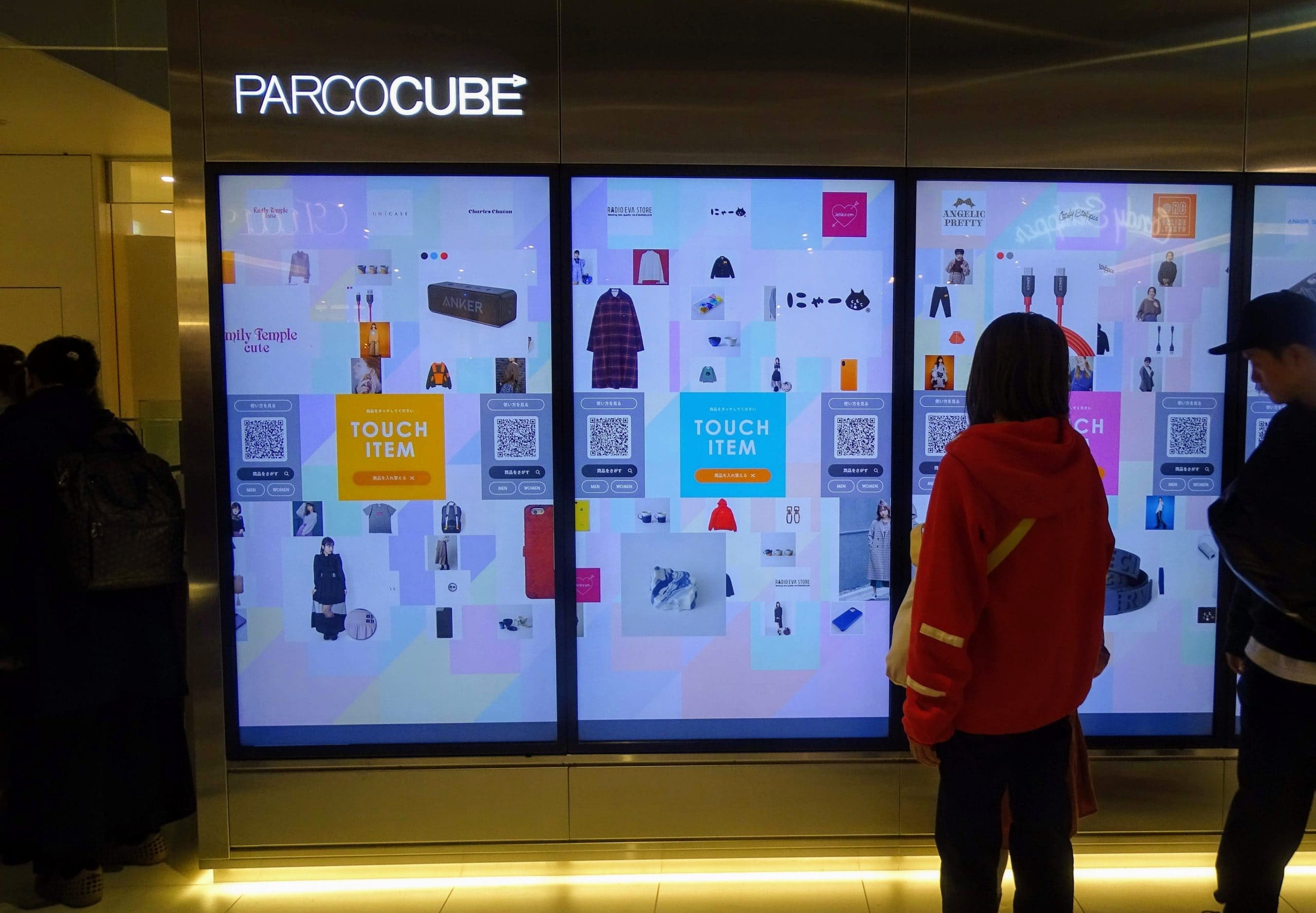Planning your market entry in Japan? Here is our best advice.
Starbucks did it nowhere better than in Japan, Disney did it too, already a long time ago, and Kentucky Fried Chicken as well: An extremely successful market entry into Japan.
Others, however, didn’t fare so well: amongst them household names from Facebook to Sephora. They either never penetrated the market in Japan or entered only to pull out, with big losses, after just a few years.
At CarterJMRN, we have over 20 years of experience in market research in Japan and learned what the difference between a successful brand or complete failure is.
If you only have 5 minutes to learn about market research in Japan, these are the top 5 things we want you to know.
1) Japan is the third biggest consumer market in the world

Japan not only has the third biggest GDP in the world, and heads the list with the most HNWIs (high net worth individuals) in Asia—and are second in the world only to the USA’s wealthy horde. One in every 17 Japanese households, in fact, has over a million dollars in disposable assets.
And as its also known as a country with bigger wealth equality than many other developed nations, this means your average Japanese Joe and Jane are also doing fairly well. One of the richest segments in the Japanese market is in fact its seniors – more on that below.
Here is our full report on Japan’s wealthier individuals and how to market to them (hint: bling and flaunting won’t cut it here).
2) In Japan, you adapt or perish

After more than 20 years of working closely with brands that are looking to make it big in Japan, we learned that there are three critical stages in consumer strategy that are required and that there are no feasible shortcuts around these. All three are closely connected and it is desirable that all three are given attention.
Here they are:
1) Gain trust
To gain Japanese consumers’ trust, who are without a doubt some of the most sophisticated and demanding in the world, you must persuade them both rationally and emotionally that you are worthy to sell to them.
2) Turn being different into an advantage
One thing you will never have an issue with is, as a foreign brand, coming across as different. Being different is often hard to manage and entrants often underestimate just how sensitive Japanese are to even minor points of difference.
3) Reset the agenda in your niche
Although Japan can be extremely conservative and, in some respects, resistant to change, highly successful western brands do, at times, manage to re-set the agenda in the Japanese market, forcing competitors to compete with them on their own terms. Resetting the agenda is simple to explain, but hard to achieve.
Here is the whole plan to action with more details – and those Starbucks and Disney successes, as well as the other failures, that you have been dying to read.
3) Japan’s aging society is an opportunity, not a disadvantage

We reported in 2008 that 20% of Japan’s population was aged over 65, with estimates for 30% by 2025. Savvy companies know that Japanese seniors are much more than a projected burden on society. Based on available consumption and disposable income data, we know that those in older age groups raise their consumption levels considerably compared to their earlier years, and continue to spend at a much higher level throughout retirement.
The “Dankai Generation,” born during Japan’s first baby boom (1947-1949), began retiring in large numbers in 2007 (with the eldest turning 70 this year). This generation is particularly interesting because they entered the workforce at a time that represents Japan’s years of high economic growth (1962-1971). As a result, the “Dankai” have ended up being much more affluent than their parents.
Here is all you need to know about serving the senior segment of the Japanese market.
4) Japan is rapidly changing – understand how and benefit

The age of Reiwa, Japan’s new era, rung in with the enthronement of the new emperor in 2019, will see a traditional society becoming modern, driven by demographic pressures that have not been seen in any society before.
The four macro themes shaping Reiwa Era Japan are: the changing world of work, women power, generational dynamics, and internationalization.
Here is our short summary with some useful infographics of the four big trends in the Japanese market.
5) The Japanese market is not monolithic, but diverse

In order to do the equivalent in marketing, we first need to forget the idea that we’re selling to a monolithic market in Japan. Perhaps we should stop speaking about the ‘Japan market’, rather we should realize that there are many ‘Japan markets’.
Looking at traits in your potential market that cannot be captured by simple observables e.g. attitudes, lifestyles, purchase behaviors and values, is the first step. A market research specialist’s job is to find a district significant need set (or sets) that can be specifically addressed in a brand’s marketing strategy.
The best way to start looking at needs is to understand their sheer breadth and start to map them out. In order to do this it is extremely valuable to spend time face to face with buyers: in their home, office, leisure and/ or consumption environment. A qualitative market research method called ethnography is a hybrid observation and interviewing approach that lets you spend real time with real people.
Here are more insights into how segmentation or ethnography work, especially in the Japanese market.
If we whetted your appetite with our insights, ask us more questions. We are happy to get together with you on the phone or in person for 30 minutes and tell you more about what we know – at absolutely no cost to you.
